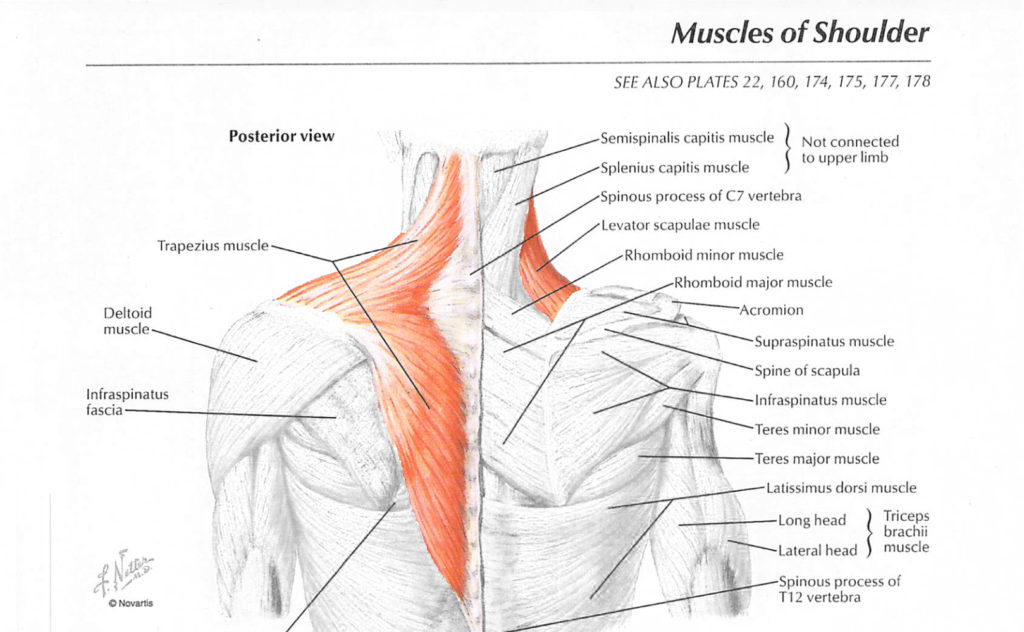“Pain is inevitable, suffering is optional”
~Pseudo buddhist proverb
Supercharged Self Care Massage + Kinesiology
Does that nagging ache at the base your neck make shoulder checking and safely switching lanes a challenge? Tired of constant pain ruining your day? (and putting your road safety at risk…)
READ ON.
Disclaimer – Safety First
Pain is individual, personal, and complex! What we’re looking at here is chronic neck pain that makes the end of the workday a little tougher than the start…that irritating ache that can make turning your head to look over your shoulder a chore.
If your neck pain is severe and significantly limits your everyday activities, you should seek the advice of a doctor who can guide you in choosing an appropriate health professional.
The Goal
Eliminating those nagging, painful, movement patterns is the goal, and it’s supercharged with a two step protocol, applying both passive and active rehabilitation techniques. Here at OneLife Health + Wellness we offer both Registered Kinesiology and Registered Massage. Distinctly different disciplines, extensively trained in human anatomy and physiology and dedicated to not only reducing and eliminating pain, but helping you achieve optimal health and wellbeing.
Today’s Tip – Nagging Neck Pain
First, a little anatomy, and as always, a picture is worth a thousand words. The Levator Scapulae is a muscle located at the back and side of the neck, running from the upper cervical spine to the shoulder blade. When you’re struggling to turn your head to the side, such as when switching lanes and shoulder checking, this muscle might be the culprit.
The trapezius muscle functions in both elevating (raising up) and depressing (shrugging down) the scapulae, or shoulder blades with both these actions being a major contributor to optimal neck and shoulder health.
So, lets look how we can maybe reduce, or even eliminate, neck pain by releasing the tight muscle and strengthening the muscles that surround the shoulder blade

Massage Therapy
We’re going to demonstrate two ways to try and release the tension in the upper back and neck.
A super friend ! A trusted friend is going to locate the Levator and apply pressure while you drop the chin down to your chest and then slowly sweep side to side. This is a form of active release technique, the tight muscle is trapped, or pinned down, and then you actively move your limb/head/body. The spine of the scapula is the bone that runs kind of opposite of your collarbone, it’s the bony landmark we’ll be using to find the Levator attachment point. Now, with massage it’s important to understand pressure, too much pressure and you can bruise or further irritate the muscle, too little and we don’t get any benefit.
A massage tool. When you don’t have a super friend standing ready, you can use this handy little massage tool to get the job done. Remember, you’re probably not going to fix any chronic issues with one try, so go easy on yourself and don’t apply too much pressure. With self-massage, we’re looking for a little relief that grows and grows with further self-care.
Releasing the Levator can really help with neck tension and rotation, but how can we stop it from tightening back up?
Kinesiology
Now let’s look at two ways we can strengthen and improve the movement pattern in the shoulder blades and reduce our chronic (or constantly recurring) pain. Chronic pain (like this) is often a result of repetitive movement patterns that over time begin to negatively impact our everyday activities. Sitting at a desk, staring at our phones, or sanding drywall might be some pretty good examples of how stuff that we do everyday can bring about pain by the end of the day.
The first place to start in strengthening and improving muscle function is to develop a feeling for what the muscle does. With massage it’s all about the pressure and with exercise, it’s all about the load, it needs to be just right.
The Chair. Using a chair with arms, we are going to depress the shoulder blades using some of our bodyweight as the load.
Posture. Tough to fix, because negative movement patterns like continuously rounded shoulders, take time to slowly develop and start to feel natural. The dysfunctional movement, the rounded, slumped shoulders (e.g.) feels normal.
Summary
To recap: pain is subjective, individual and it’s causes can be complex. It’s important to seek the help of health care experts, and in some cases that is definitely your doctor, but it’s also important to learn how to use the tools of self-care. 5 to 10 minutes per day can make a huge difference in the quality of your life and work. Releasing painful trigger points in the neck and then understanding the movement and how to strengthen the muscles that prevent reoccurrence doesn’t require hours in the gym, or a private masseuse, just a little know-how and the desire to feel better!
